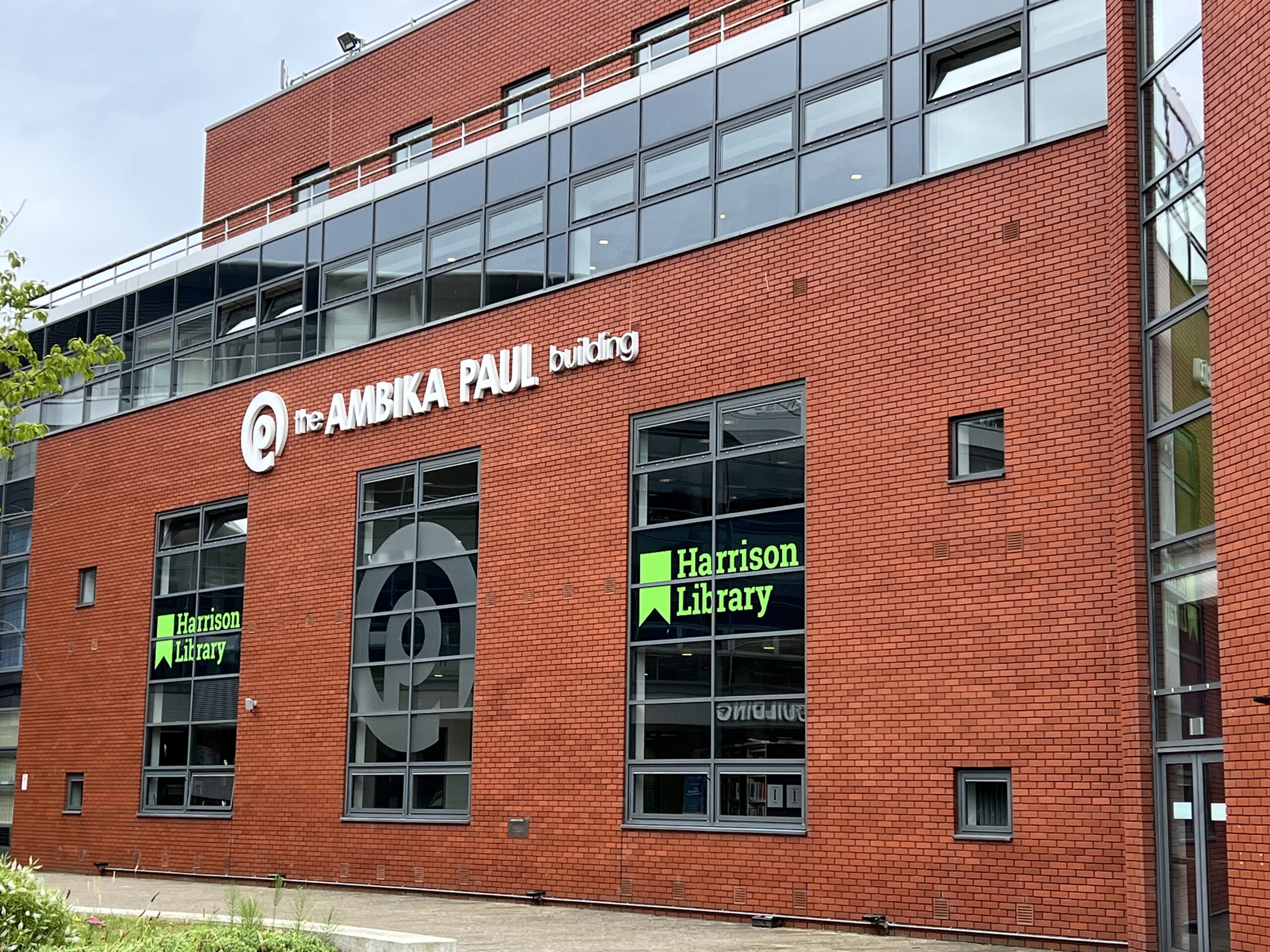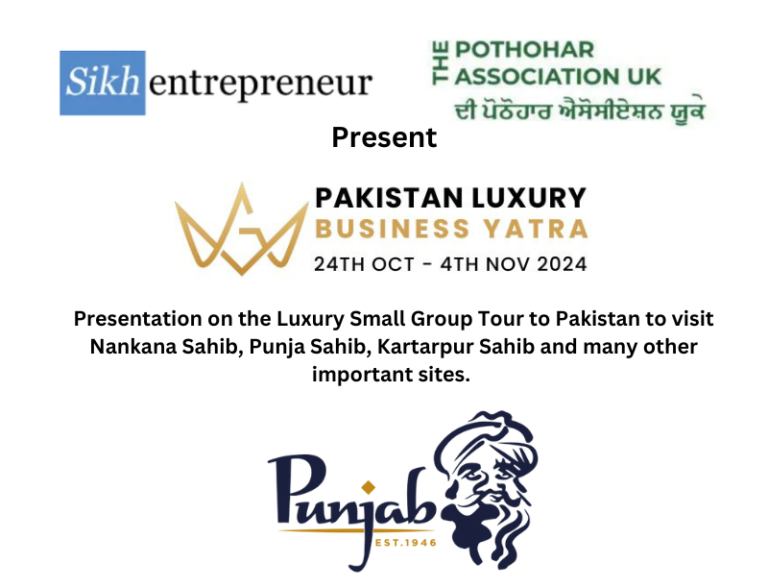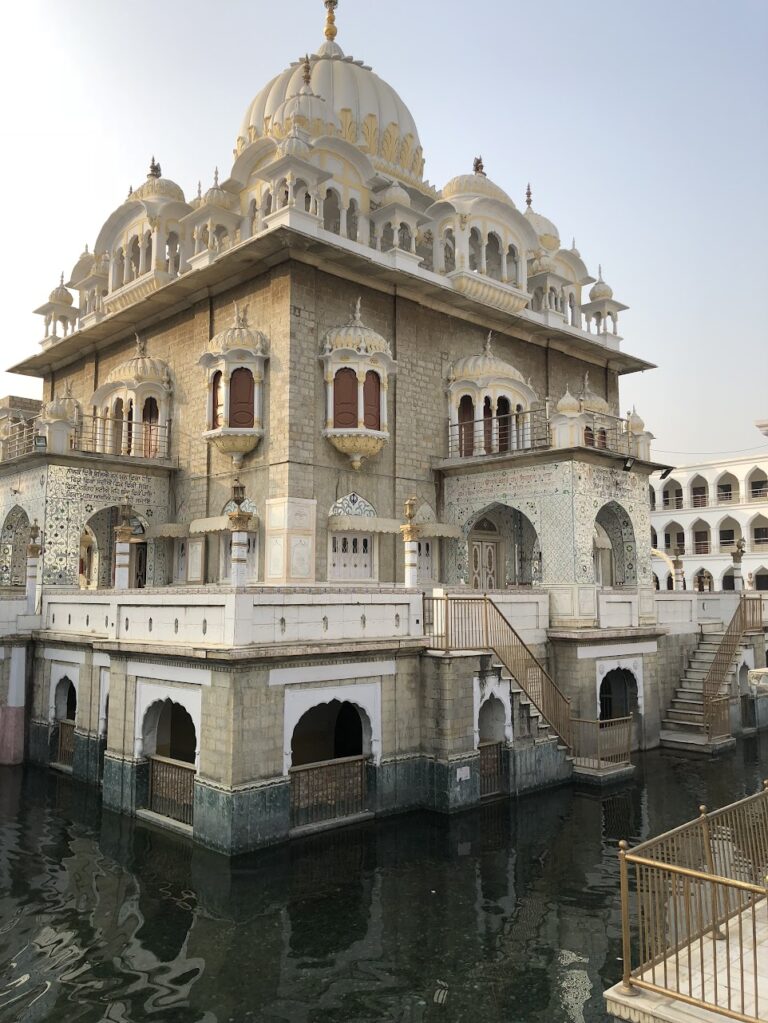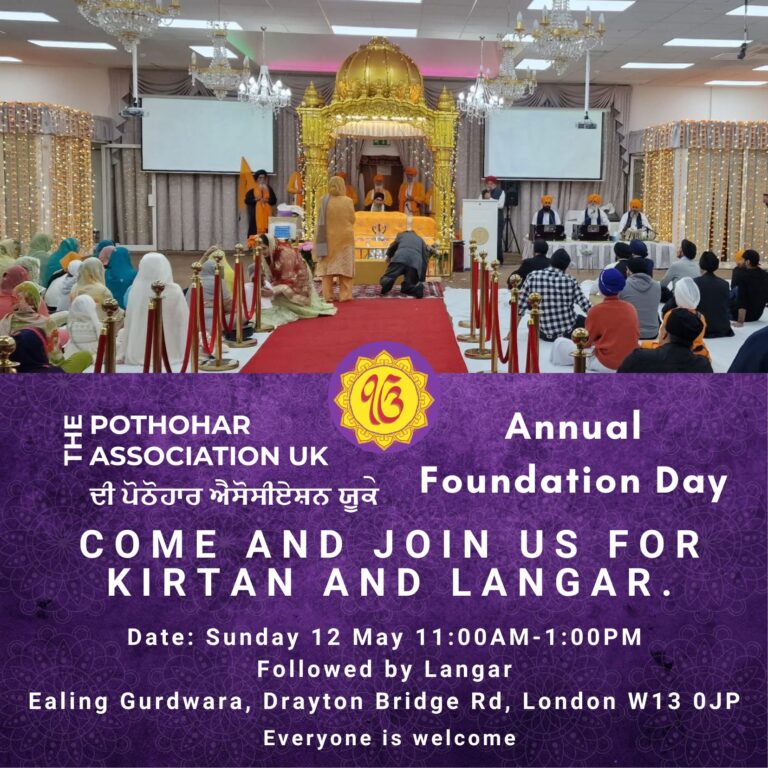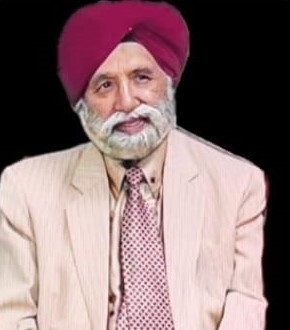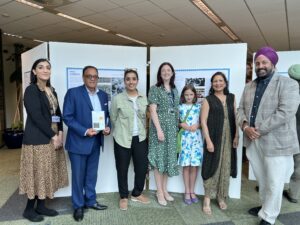
The Rekindling Pothohar Exhibition was launched on 12 July 2022 at the University of Wolverhampton. A keynote address was given by Dr Ravi Kohli. Dr Opinderjit Kaur Takhar and Cllr Rajesh Mehta, Mayor of Telford also addressed the delegates. Following the launch the Children of Partition documentary was shown and an interesting Q&A followed.
Moving for Good: Pothohari lives compared to young refugees today
Talk given by Professor Ravi Kohli at the launch of the Rekindling Pothohar Exhibition at the University of Wolverhampton on 12th July 2022.
I was asked to link the testimonies in the documentary The Children of Partition: an oral history of Pothoharis to my research on the lives of refugee young people in the 21st century.
I called my talk Moving for Good to emphasise two meanings. First, to clarify that when you are forced to migrate, you become a migrant for ever. It is a permanent change that means you cannot go back to a life that you were forced to leave. Second, and equally importantly, many refugees bring their talents and hard work in order to be good and do good within their new countries. So moving for good shows the ways the refugees can alter the new place of settlement for ever, often for the better.
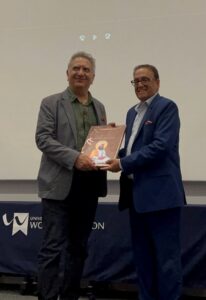
A saying that fits with this idea of goodness emerging from chaos comes from people who are sympathetic to refugees: If you are more fortunate than others, it is better to build a longer table than a taller fence. And linking that to Sikhism one could say, If you are more fortunate than others, it is better to build a Langar table than a taller fence. The idea of Sewa, hospitality, listening to the vulnerabilities of others, replenishing lives broken through hardship – all point to the basic Sikh promise of building communities where different people can live in peace together.
The Pothohari community is made of people who sought sanctuary at one time and then gave hospitality to others. This is relevant to many refugees in the 21st century. In June 2022, there were about 100 million people forcibly displaced from their birthplaces and from their countries. 40% of these were children, in families or on their own after the death of family members. My main research focus is on the lives of such refugee children and young people. I examine not just the tragedy, but also how they rebuild ordinary life after arriving in new lands. Many young refugee people I interview tell me that for them, ordinary life is temporarily dead. And so many of them have an ambition to come back to life – to rebuild the rhythms and patterns of a good life in a new country, for themselves and those around them.
This rebuild takes time. My research confirms what many people say in The Children of Partition documentary. First, young refugees need to be safe – legally, psychologically and in having enough resources to make life comfortable. Second, they need to belong to a place and to people who are hospitable. These people normally emerge in time from friendship and kinship networks, or from professions in health, social care, law and education. Together they become the scaffolding for the growth of stability in life. Third, many refugees bring skills and hard work into new countries. If the right opportunities arise, they lead to success. Refugees don’t just have needs. They give and take. They negotiate and reciprocate. And they have ambitions to be educated, to have a house and home, to earn respect and to use their authority in ways that help others. Overall, safety, belonging and success are like the DNA of a new life – repeating patterns of hope, help and happiness, not just for refugees themselves but for others.
But a key thing that many refugees know is that life is never a straight line. It does not move from suffering to success in a simple way. Success comes and goes. A sense of belonging feels strong sometimes and fragile at other times. And safety is always negotiated, never taken for granted. In the meantime, as the film’s participants show, many stories are woven around experiences – sometimes to show those experiences publicly, and at other times to hide them. And stories take on a life of their own, being told and retold, edited, and believed and disbelieved. As refugees fit into the rules of life in new countries, they integrate. They also face the prospect of disintegration as old habits and customs become memories. Apart from being the living bridges between past and present, the pressure is on refugees to be a good citizen, to be grateful to the new country, and to keep things tidy. Like many migrants, refugees learn to practise how to be happy, and how to absorb sadness without it leaving a stain on life. They learn how to fight politically, how to climb over barricades, and how to make peace. These dimensions of life roll out in all directions for refugees, as the film’s contributors show. And finally, from all dimensions, success comes back to them. New families are born, some lost family members are found again, businesses grow, reputations are polished and enjoyed over time. If everything goes well, joy comes back, whether it’s in the form of faith, food or films, there is conviviality and laughter.
The film’s contributors tell us that from staying alive as a refugee to making a life worth living will sometimes take a generation or two. But they also show that life is stubborn – it won’t give up on itself so easily. They show that generosity and fear live alongside each other in a new country. But with a bit of courage and discipline, peace emerges. This is a peace that is not found by accident. It is built by many people. As the Pothohari community continues to evolve across the world, other refugees can look back at that evolution, and know that even after the disaster of war, life holds a promise that can be fulfilled.
Professor Ravi KS Kohli
12 July 2022

